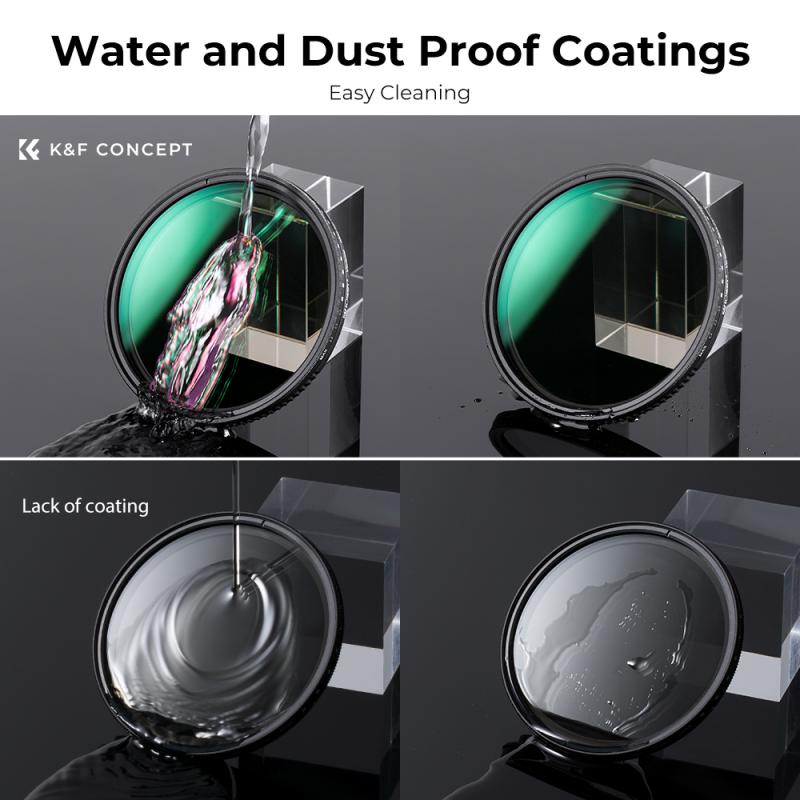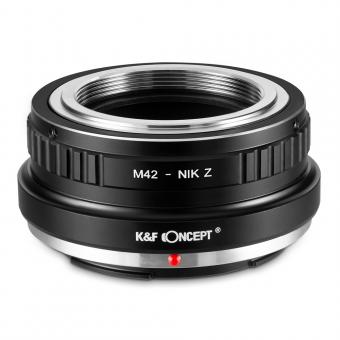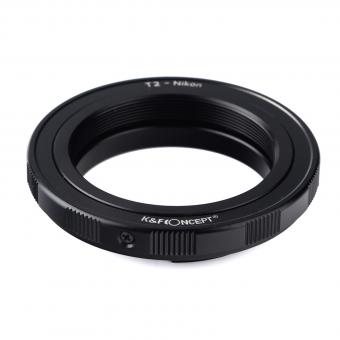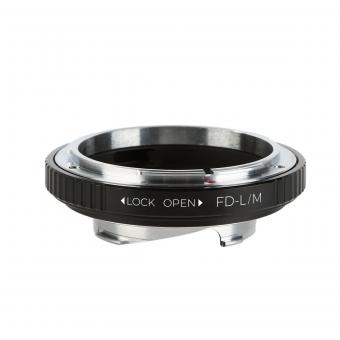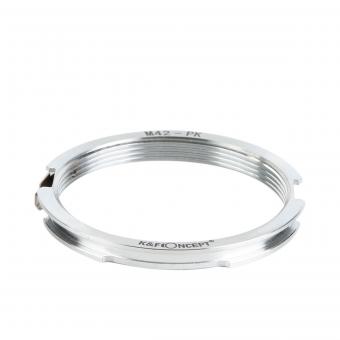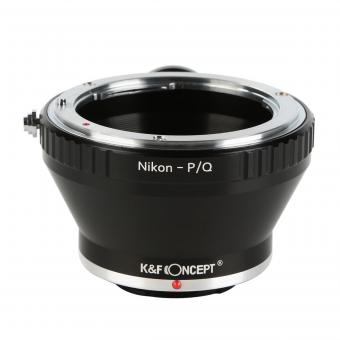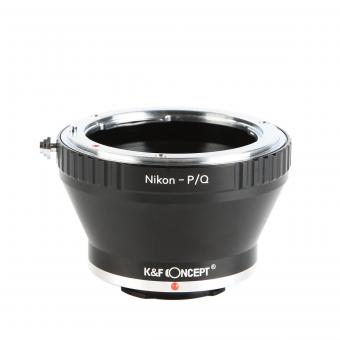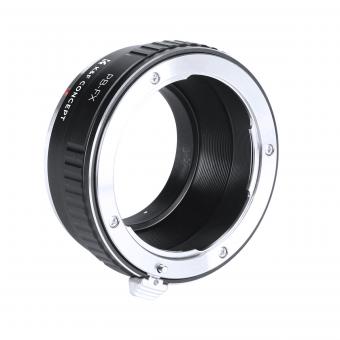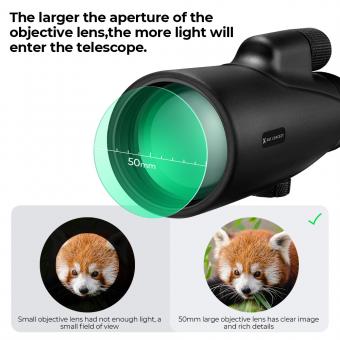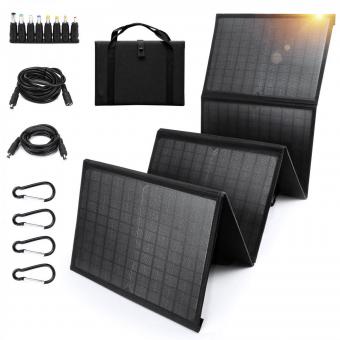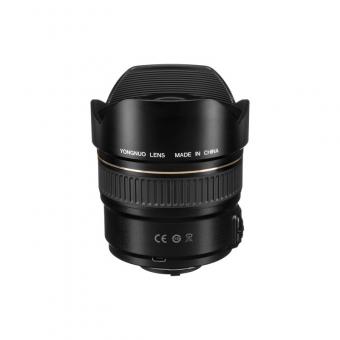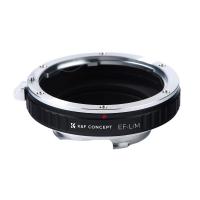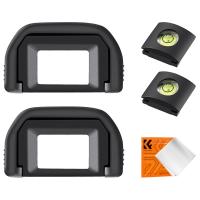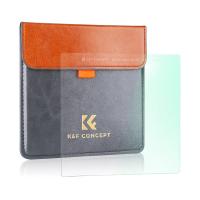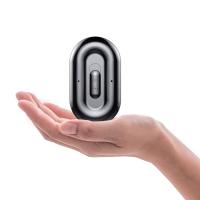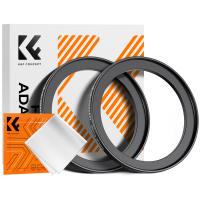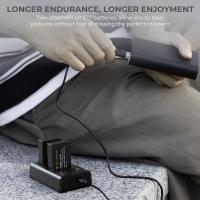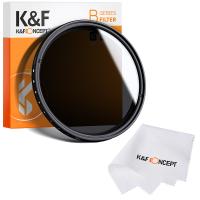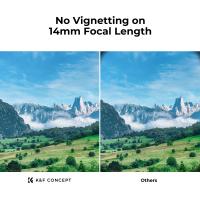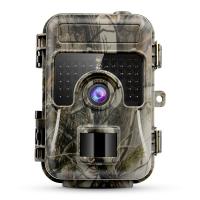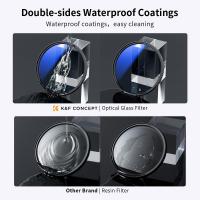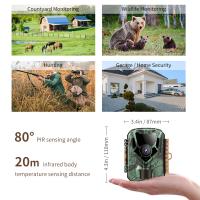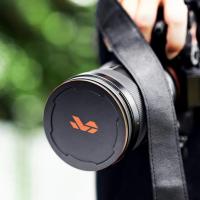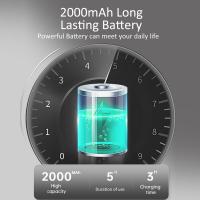Which Camera Can See Through Walls ?
There is no camera that can see through walls. Cameras capture images or videos of objects that are within their line of sight, but they cannot penetrate solid objects like walls.
1、 Thermal Imaging Cameras: Detects heat signatures to visualize objects behind walls.
Thermal Imaging Cameras: Detects heat signatures to visualize objects behind walls.
Thermal imaging cameras are a type of camera that can detect and visualize heat signatures emitted by objects. While they cannot literally see through walls, they can detect temperature differences on the surface of walls and other objects, allowing users to infer the presence of objects or people behind them.
These cameras work by capturing the infrared radiation emitted by objects and converting it into a visible image. The hotter an object is, the more infrared radiation it emits. By detecting these temperature differences, thermal imaging cameras can create a visual representation of the heat patterns in a given area.
In terms of seeing through walls, thermal imaging cameras can be useful in certain scenarios. For example, they can help identify areas of heat loss in buildings, locate electrical hotspots, or detect the presence of living beings in search and rescue operations. They can also be used for security purposes, as they can detect the presence of intruders by their body heat.
It is important to note that thermal imaging cameras have limitations. They cannot provide a detailed image of objects or people behind walls, as they primarily rely on temperature differences. Additionally, certain materials, such as metals or thick concrete walls, can block or distort the infrared radiation, making it more challenging to detect objects behind them.
In conclusion, while thermal imaging cameras cannot see through walls in the traditional sense, they can detect heat signatures and provide valuable information about objects or people behind them. They are a useful tool in various industries, including construction, electrical maintenance, and security.
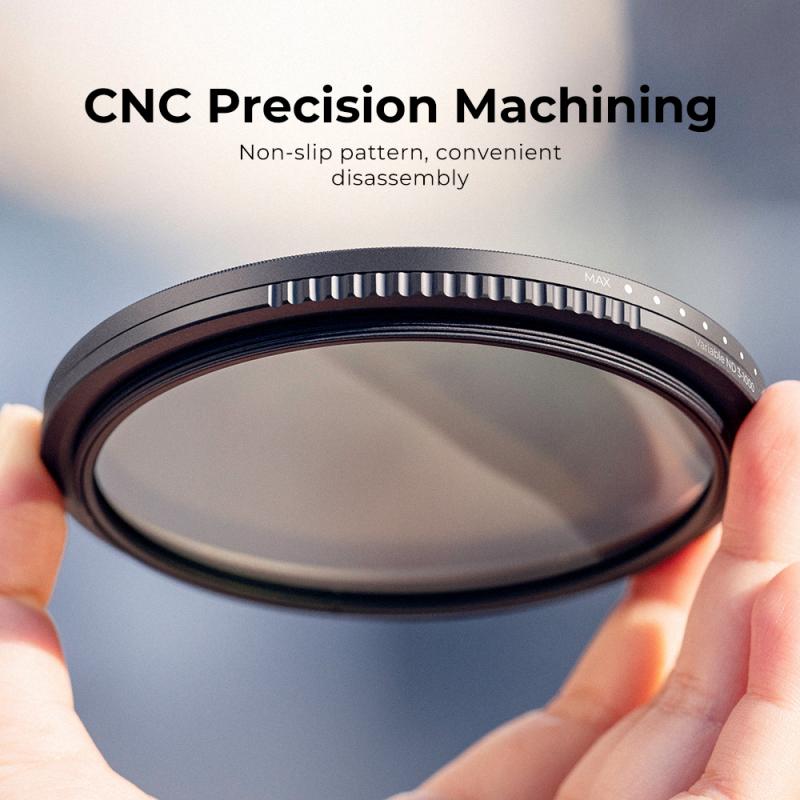
2、 Ground-Penetrating Radar (GPR): Uses electromagnetic waves to detect objects underground.
Ground-Penetrating Radar (GPR) is a technology that uses electromagnetic waves to detect objects underground. It is not a camera in the traditional sense, but rather a specialized tool that can provide images of subsurface structures. GPR works by emitting electromagnetic pulses into the ground and measuring the reflections that bounce back. These reflections can then be interpreted to create a visual representation of what lies beneath the surface.
GPR is commonly used in various fields such as archaeology, geology, and civil engineering. It can help locate buried objects, map geological features, and assess the condition of infrastructure. However, it is important to note that GPR has limitations. It is most effective in detecting objects that have contrasting electromagnetic properties compared to the surrounding material. This means that it may not be able to detect certain objects or materials that have similar electromagnetic properties to the surrounding soil or rock.
While GPR can provide valuable information about what lies beneath the ground, it cannot see through walls or other solid structures. Its effectiveness is limited to detecting objects underground and cannot penetrate solid barriers like walls. Therefore, if the goal is to see through walls, GPR is not the appropriate technology to use.
It is worth mentioning that there are other technologies available that can see through walls, such as thermal imaging cameras or X-ray scanners. These technologies use different principles and are designed specifically for the purpose of seeing through solid objects. However, it is important to consider legal and ethical implications when using such technologies, as privacy concerns may arise.
In conclusion, Ground-Penetrating Radar (GPR) is a valuable tool for detecting objects underground, but it cannot see through walls. Other technologies, such as thermal imaging cameras or X-ray scanners, are more suitable for seeing through solid barriers.
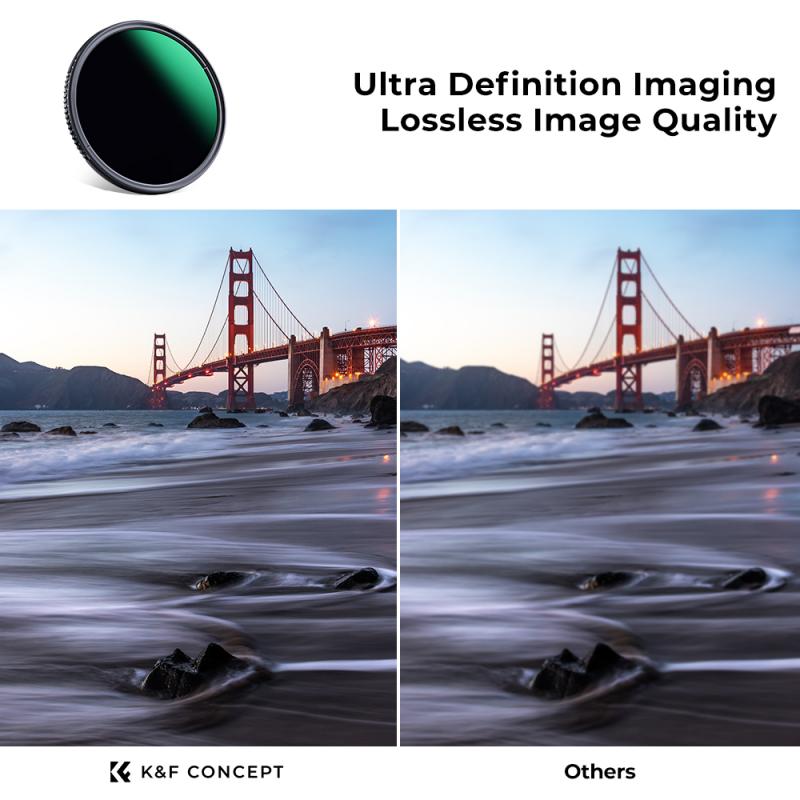
3、 X-ray Cameras: Utilizes X-rays to see through certain materials, including walls.
X-ray Cameras: Utilizes X-rays to see through certain materials, including walls.
X-ray cameras are a type of imaging technology that can penetrate certain materials, such as walls, to provide a glimpse of what lies beyond. These cameras work by emitting X-rays, which are a form of electromagnetic radiation, and capturing the resulting image on a detector.
X-ray cameras have been used in various fields, including medicine, security, and industrial applications. In the medical field, X-ray cameras are commonly used to visualize bones and diagnose fractures or other abnormalities. In security, X-ray cameras are employed to scan luggage and identify potential threats. In industrial settings, X-ray cameras can be used to inspect the integrity of structures or detect defects in manufacturing processes.
It is important to note that X-ray cameras have limitations and cannot see through all materials. They are most effective at penetrating materials that are less dense, such as clothing, wood, or drywall. However, denser materials like metal or lead can block X-rays, making it difficult for the camera to see through them.
Furthermore, the use of X-ray cameras is subject to regulations and guidelines to ensure safety. X-rays can be harmful if not used properly, and precautions must be taken to minimize exposure to both operators and subjects.
In recent years, there have been advancements in X-ray camera technology, such as the development of portable and handheld devices. These advancements have made X-ray imaging more accessible and convenient in various applications.
In conclusion, X-ray cameras can see through certain materials, including walls, by utilizing X-rays. However, their effectiveness depends on the density of the material being penetrated. While X-ray cameras have proven to be valuable tools in various fields, it is essential to use them responsibly and in accordance with safety guidelines.

4、 Microwave Imaging: Uses microwave technology to penetrate and visualize objects.
Microwave imaging is a technology that utilizes microwave signals to penetrate and visualize objects. It is not a camera per se, but rather a technique that can be used with various imaging systems.
Microwave imaging works by emitting low-power microwave signals towards an object or a structure. These signals then interact with the object and are reflected back to a receiver. By analyzing the reflected signals, it is possible to create an image of the object or structure.
One of the key advantages of microwave imaging is its ability to penetrate through certain materials, including walls. This makes it useful in applications such as non-destructive testing, where it can be used to inspect the integrity of structures without the need for physical access. For example, it can be used to detect hidden defects in walls, such as cracks or voids, without the need for invasive procedures.
However, it is important to note that microwave imaging has limitations. It is not capable of seeing through all types of walls or materials. The ability to penetrate depends on the frequency of the microwave signals used and the properties of the material being penetrated. Some materials, such as metal or dense concrete, may significantly attenuate or reflect microwave signals, making it difficult to obtain clear images.
In recent years, there have been advancements in microwave imaging technology, including the development of more sophisticated algorithms and hardware. These advancements have improved the resolution and accuracy of microwave imaging systems, making them more effective in various applications.
In conclusion, while microwave imaging can be used to penetrate and visualize objects, it is not a camera that can see through walls. It is a technique that utilizes microwave signals to create images, and its ability to penetrate through walls depends on the materials and frequencies involved.
